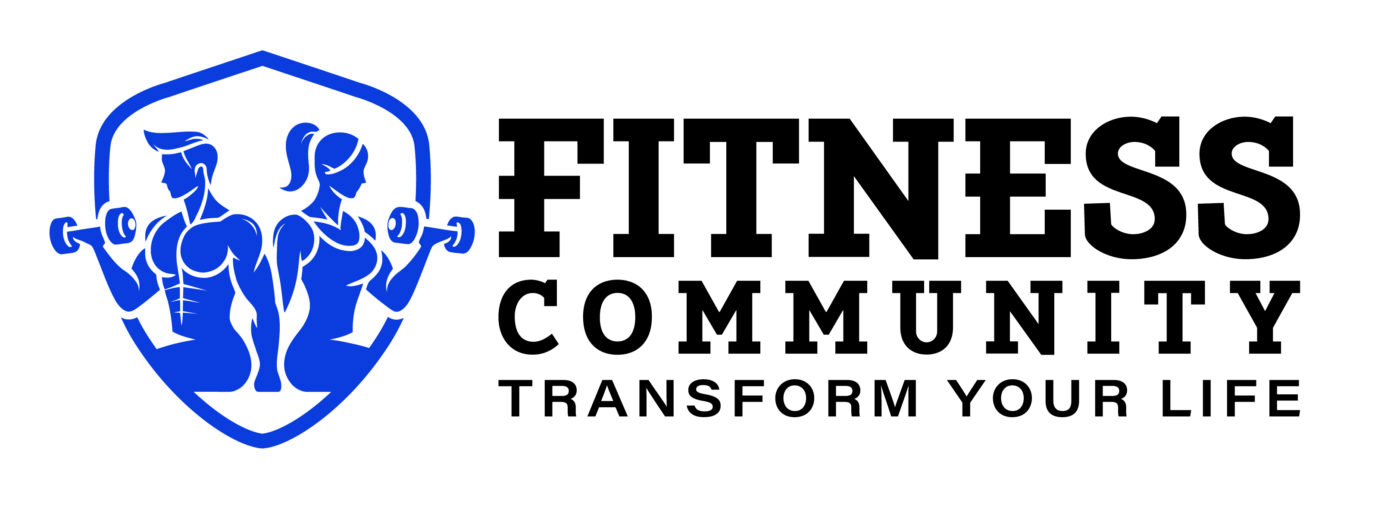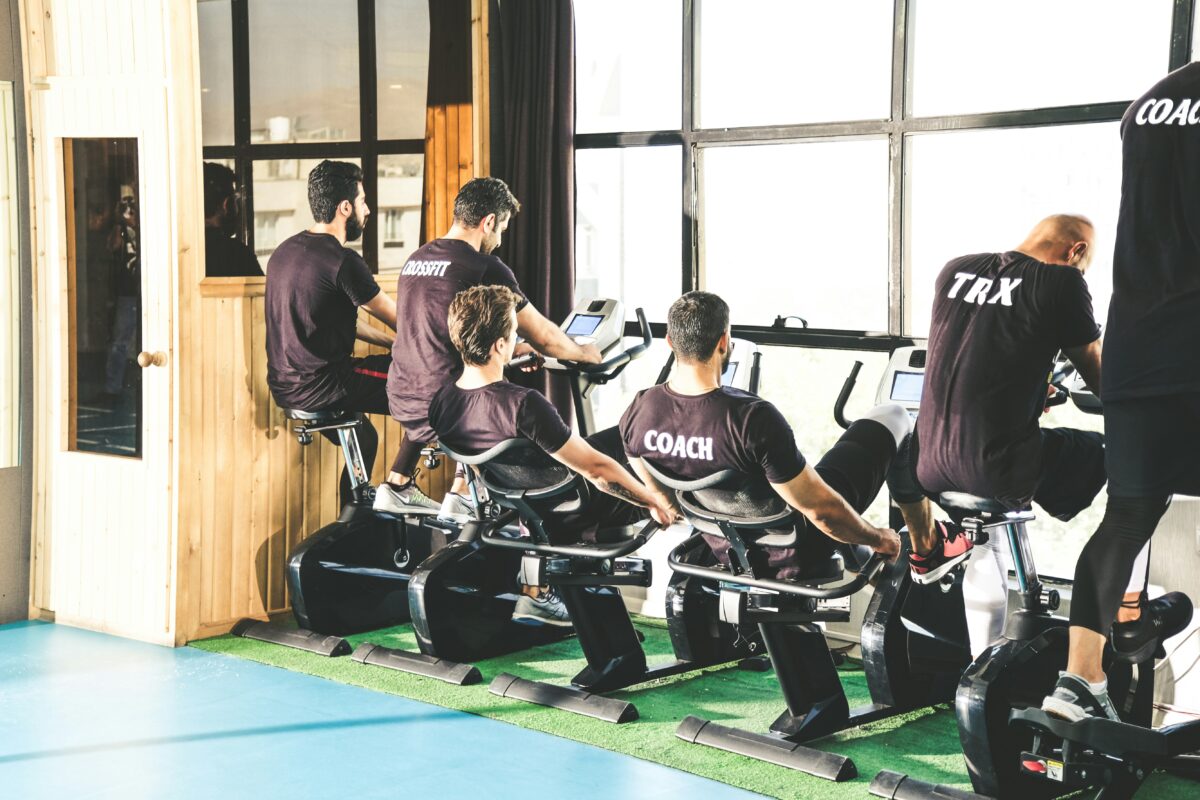CARDIOVASCULAR FITNESS
From Gym Intimidation to Empowerment: A Beginner’s Guide to Strength and Confidence
For many women, stepping into a gym for the first time can feel like entering unfamiliar territory. With complex equipment, experienced lifters, and unspoken gym etiquette, the experience can be overwhelming. However, with the right approach, what starts as uncertainty can evolve into empowerment. A well-structured fitness plan helps beginners build strength, improve endurance, and develop sustainable habits for long-term success.
Overcoming Gym Intimidation
While female gym participation has significantly increased in recent years, many women still face challenges when getting started. Studies indicate that nearly 65% of women feel intimidated during their first visits, often due to unfamiliarity rather than inability. The key to overcoming this barrier lies in education and guidance, which transform the gym from an intimidating space into a place of self-improvement and confidence.
Building a Balanced Routine
A successful fitness journey relies on balance. Like a sturdy three-legged stool, a well-rounded exercise regimen includes strength training, cardiovascular workouts, and recovery. Removing any one component weakens the overall structure.
Strength Training: Essential for building muscle, boosting metabolism, and enhancing bone density—especially important for women as they age.
Cardiovascular Exercise: Improves heart health, stamina, and overall fitness.
Recovery: Often overlooked, but crucial for injury prevention and muscle repair.
Many beginners make the mistake of diving into intense workouts without a strategic plan, increasing the risk of burnout or injury. A more effective approach involves combining strength exercises, moderate cardio, and intentional recovery to create a solid foundation for long-term progress.
Crafting a Weekly Workout Plan
A structured workout schedule helps beginners stay consistent while allowing for gradual progress. A balanced week should include:
Full-Body Strength Training (2-3 sessions/week): Compound movements such as squats, lunges, rows, and presses efficiently target major muscle groups.
Targeted Strength Sessions (as skills improve): Once foundational movements are mastered, incorporating separate upper and lower body workouts can enhance development.
Cardiovascular Workouts (2-3 sessions/week): Walking, cycling, or rowing can boost endurance without excessive strain.
Active Recovery Days: Light activities like yoga, swimming, or walking promote circulation and flexibility while maintaining momentum.
Rest Days (at least 1 per week): Essential for preventing burnout and allowing muscles to rebuild.
By viewing each week as a complete cycle rather than isolated workouts, beginners can establish consistency and transform exercise from a temporary effort into a lifelong habit.
Strength Training Demystified
One of the most common misconceptions in fitness is that weightlifting is reserved for elite athletes or those seeking significant muscle mass. In reality, strength training benefits everyone, particularly beginners and women.
Start with Bodyweight Exercises: Squats, lunges, and modified push-ups establish movement patterns without the need for equipment.
Prioritize Proper Form: Controlled, deliberate movements prevent injury and ensure maximum muscle engagement.
Gradually Introduce Resistance: Resistance bands provide a comfortable transition before progressing to weights.
Focus on Consistency Over Intensity: Strength gains develop over time, with each session building upon previous efforts.
Beyond aesthetics, strength training improves bone density, boosts metabolism, enhances posture, and supports overall functionality—dispelling the outdated myth that lifting weights leads to excessive bulk.
Rethinking Cardio
Traditional cardio methods, such as long, monotonous treadmill sessions, often deter beginners. However, a more engaging approach can make cardio both effective and enjoyable.
Walking as a Starting Point: Adding terrain variations or interval bursts increases intensity without excessive impact.
Low-Impact Options: Elliptical machines and stationary cycling offer endurance benefits while being joint-friendly.
Interval Training for Efficiency: Alternating between high-intensity bursts and active recovery maximizes cardiovascular benefits in minimal time.
Finding a preferred form of movement increases the likelihood of consistency, making it easier to sustain a cardio routine.
The Importance of Recovery
Recovery is a critical yet frequently neglected aspect of fitness. Overtraining without sufficient rest can hinder progress and increase injury risk.
Post-Workout Stretching: Maintains flexibility and reduces stiffness.
Foam Rolling and Mobility Work: Helps release muscle tension and improve movement quality.
Nutrition and Hydration: Adequate protein intake supports muscle repair, while hydration facilitates recovery.
Quality Sleep: Regular exercise often improves sleep, which in turn enhances workout performance.
Respect Rest Days: Active recovery, such as walking or gentle yoga, keeps the body engaged without excessive strain.
Embracing the Fitness Journey
Success in the gym comes from consistency, not perfection. Progress is measured over weeks and months, not in a single workout. While some days may feel effortless, others will present challenges. The key is persistence—showing up, making adjustments, and trusting the process.
For many women, the gym initially feels unfamiliar and intimidating. Yet, with structured guidance and patience, it transforms into a space for growth and empowerment. Strength, endurance, and confidence build with every session, proving that fitness success is not about achieving perfection but about committing to the journey.

